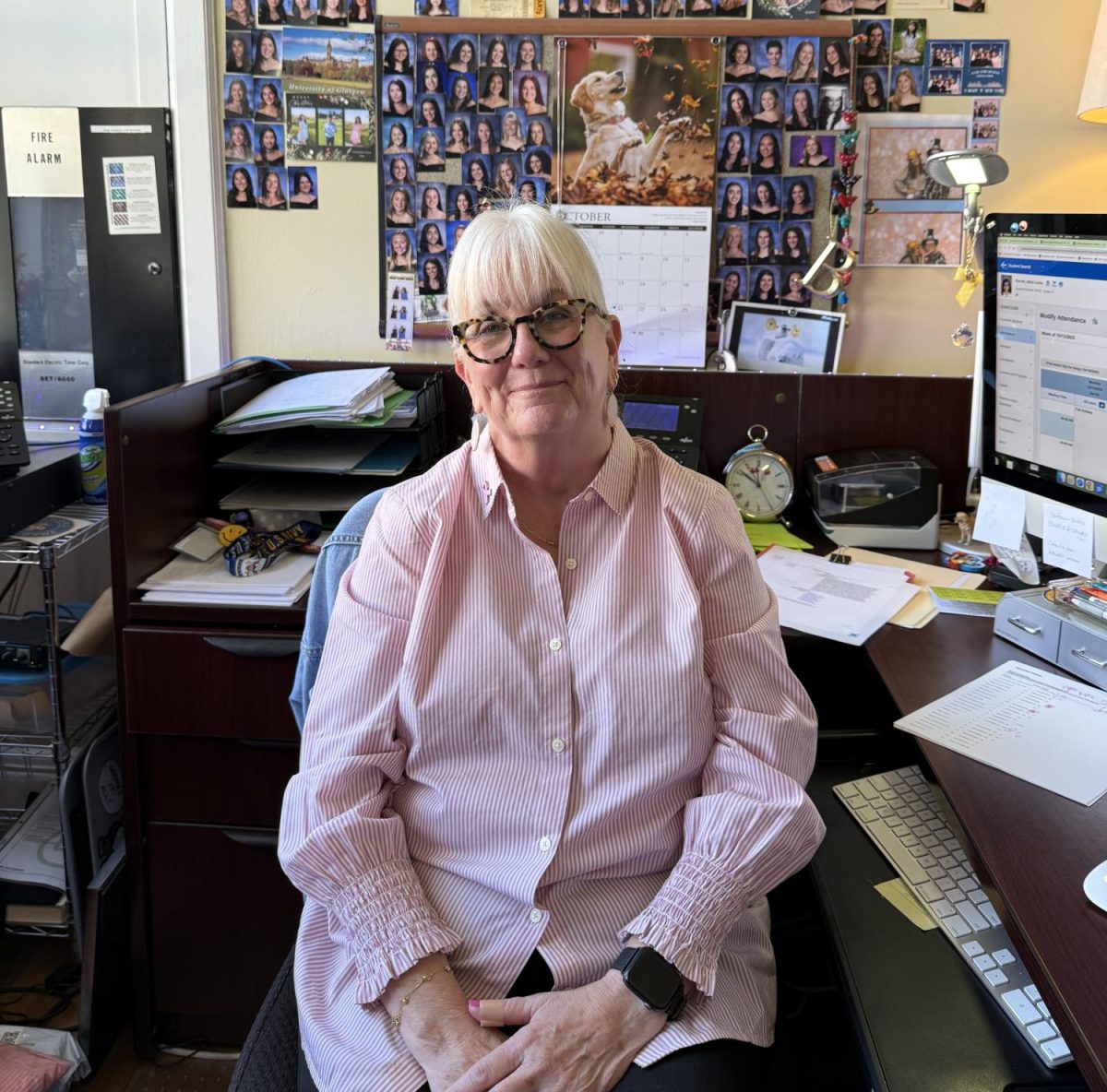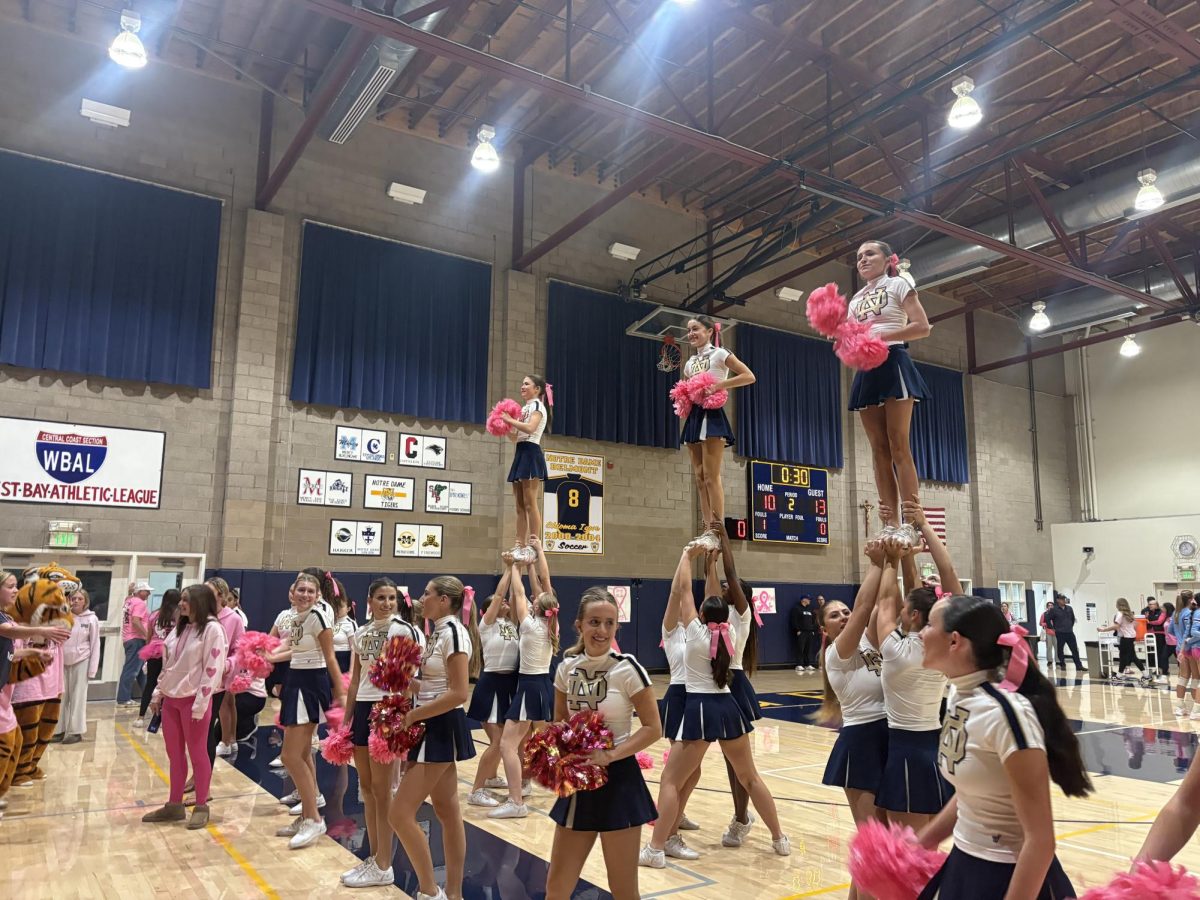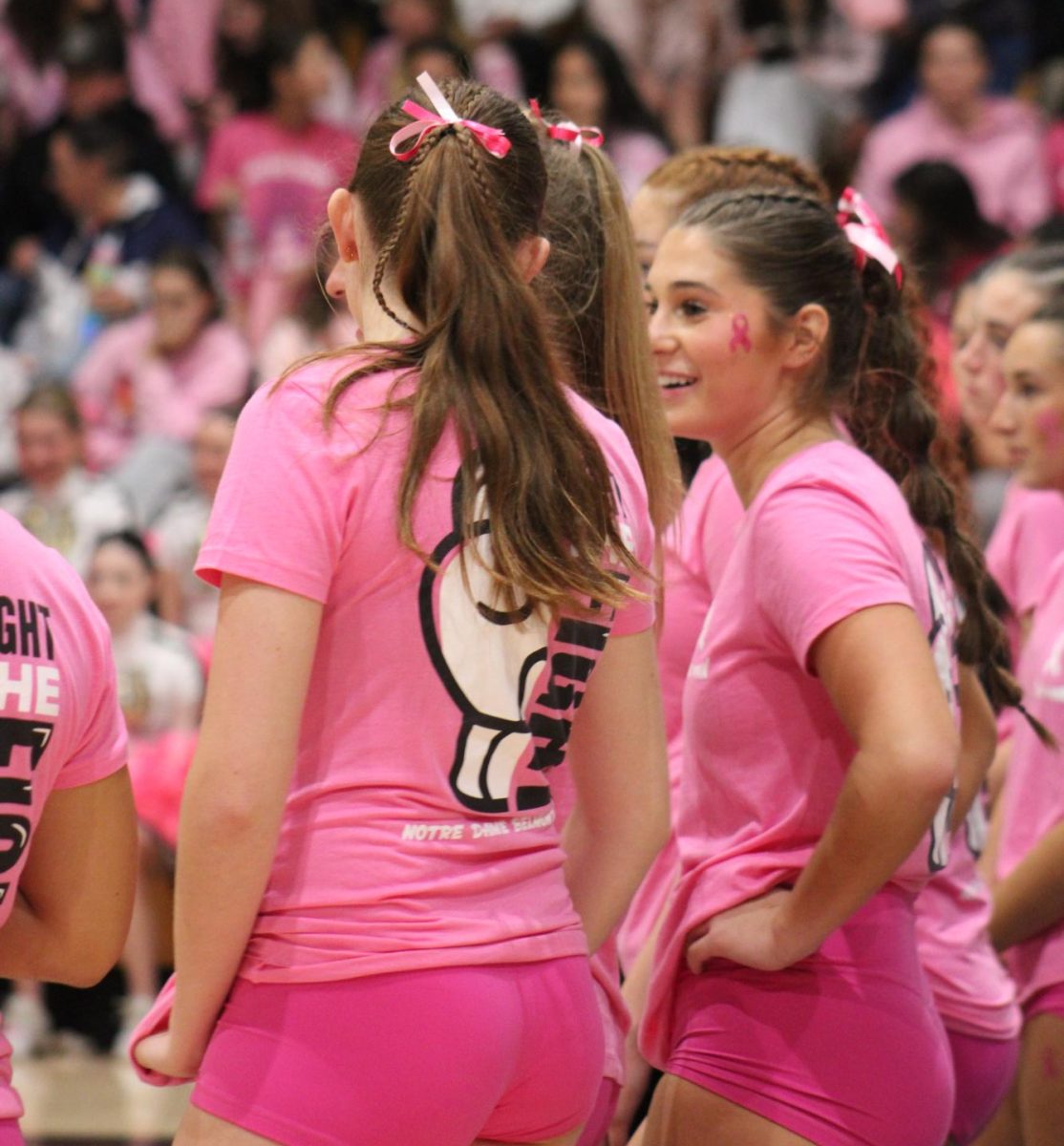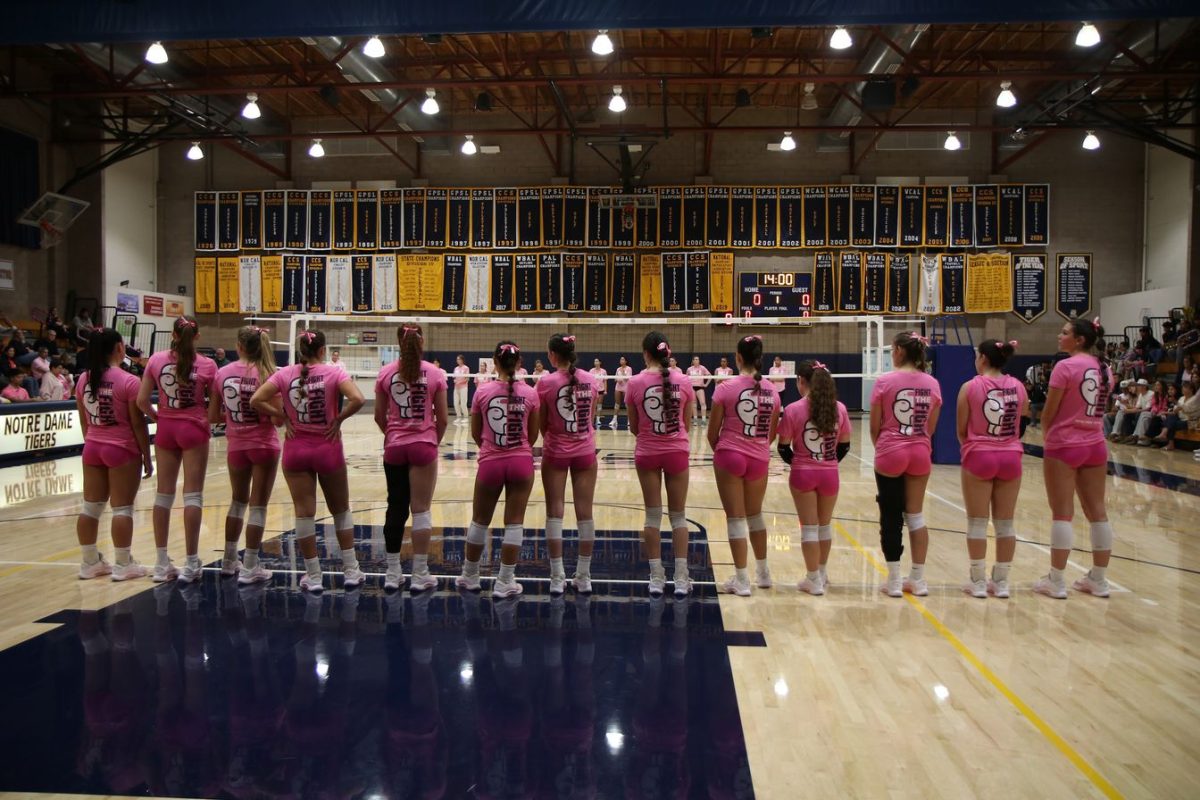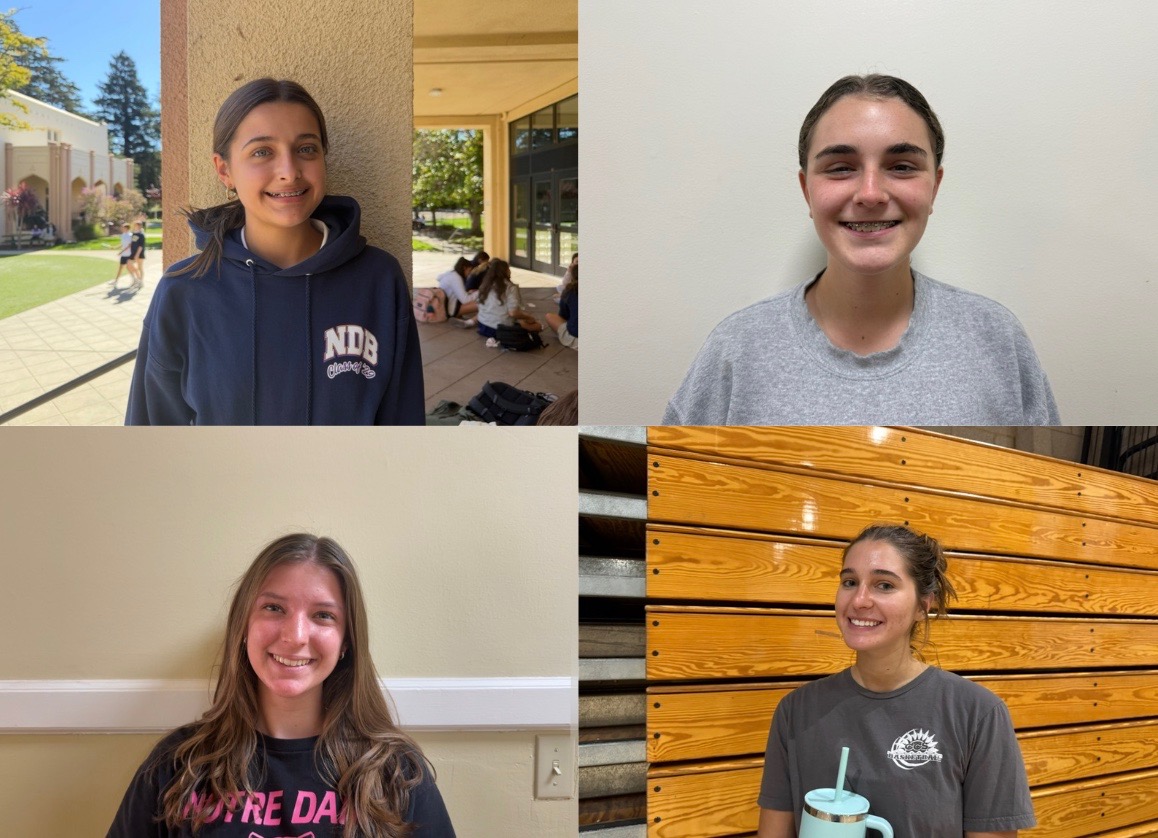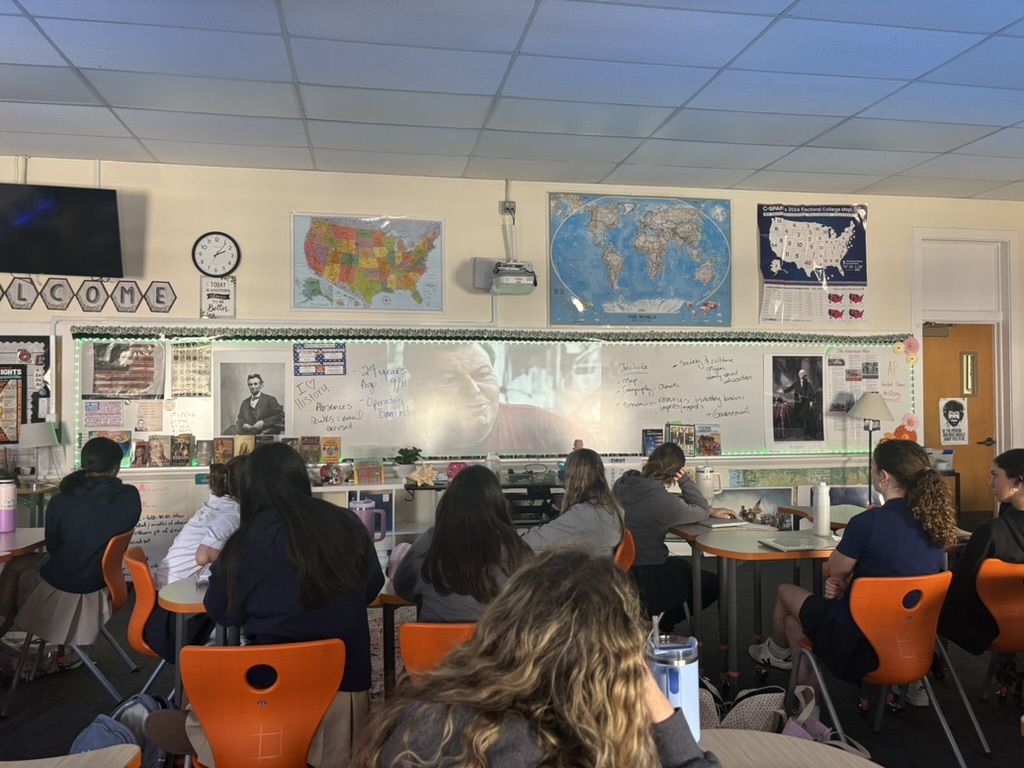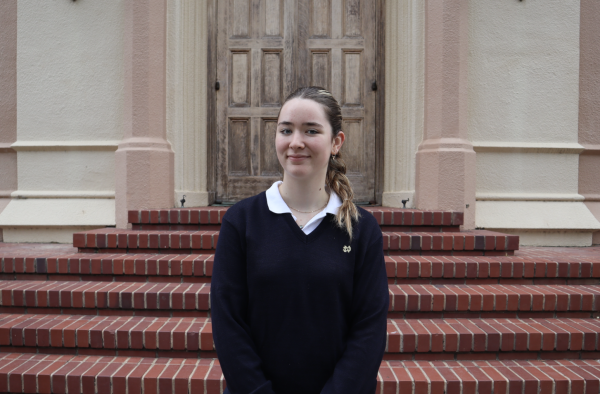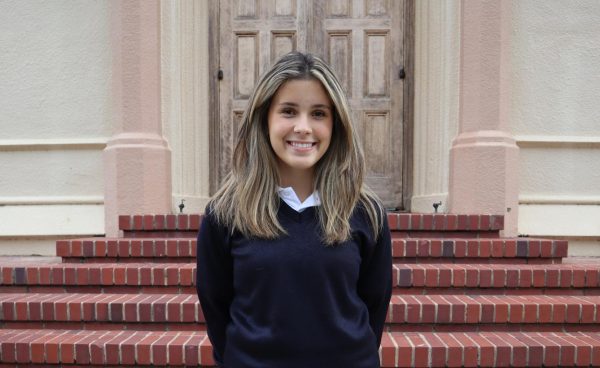Horror movies, when seen in theaters, usually require the viewer to be 18 years or older. However, many get around this and watch them anyway.
While some argue that these restrictions protect young audiences, others assert that they impede personal freedom and choice. In this article, we’ll explore the perspective against age restrictions for horror movies, evaluating the value of individual autonomy in entertainment decisions. Age requirements often involve subjective assessments of what is considered too intense or frightening for specific age groups. This subjectivity can lead to inconsistencies and potential biases in the application of such requirements.
“I think initially that [ratings] were needed, who knew what PG 13 versus an R movie was and why it was rated that way,” said Video Production Teacher Mark Thiesen. “But now with the new labeling system, it’s rated R because of language and violence. I think that’s helpful to know so you understand whether you might want to see it and make a more informed choice.”
Parents are typically responsible for making decisions about what is appropriate for their children. They can consider their child’s age, maturity, and ability to handle graphic content. Some parents may believe that exposing their children to gory movies can serve an educational purpose, such as teaching them about history, human nature or the consequences of violence. In some cases, gory scenes in movies can be used to initiate discussions about violence and ethical dilemmas. Others allow their children to watch gory movies often, even considering the age appropriateness of the content. Some gory movies are rated for older audiences, and parents may believe their older children are better equipped to handle such content.
“I don’t think [age restrictions] hinder artistic expression,” said Thiesen. “Hopefully the artist is making whatever they want. Should there be age limits on horror movies? And hopefully there’s an audience for it. We all hope that with our artwork, and I think the age restrictions are good. These are discussions that shouldn’t be had. Some families might have different values than others and if they have the information to make that choice. I just think it gives everybody a choice in what they’re seeing and going from there. So to me, it makes sense right?”
It’s important to note that the debate over age requirements is multifaceted, and perspectives on this issue vary widely, reflecting the complex balance between protecting individuals, preserving artistic freedom, and upholding freedom of choice.


